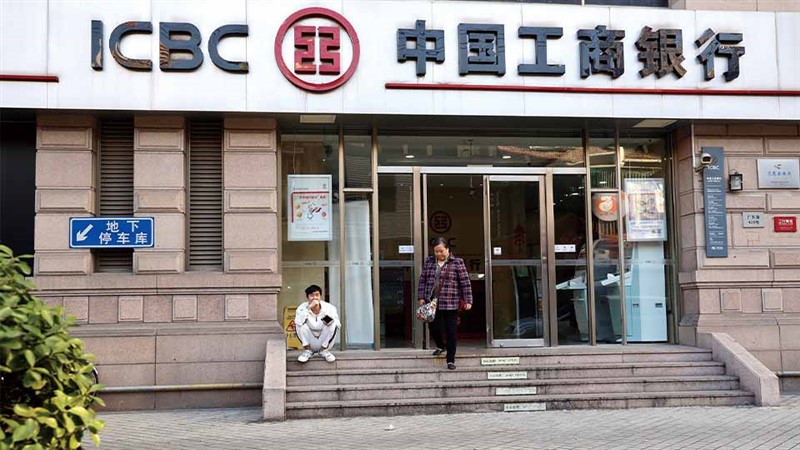Banker's Digest
2024.11
Chinese bank profitability pressured by weaker economic growth and deeper government intervention

As the Chinese economy hits its brakes, this has significantly impacted its banks. The challenges of sluggish real estate sentiment, weak demand, cautious sentiment, and structural changes driven by demographics and regulations have created ripple effects. Given that China is home to the world’s largest banking sector at $57 trillion or 325% of GDP in 2023, understanding the intricate and two-way relationship between its economy and banking sector is vital to access macro trends and financial stability. With a weaker economy and deeper government intervention, shrinking net interest margins from lower rates and slower asset growth can become the new normal. Banks serve as crucial monetary policy tools, and historically, their profit growth was safeguarded by rapid asset expansion in the face of lower rates. This trend has shifted. From the revenue perspective, investment income has been the only pillar with fast growth for many years. In contrast, loan interest income growth is expected to decelerate rapidly. Non-interest income has stabilized due to gains from trading securities, which are also investment related. On expense, the ballooning interest expense from time deposits without adequate asset growth has become a headache. Banks are now actively freezing their non-interest expense. Despite the concern about asset quality, the amount of capital deployed to provisioning has been stable, which may be the short-term solution to shield profitability. The sluggishness of loan interest income comes from weak credit demand. Aggregate total social financing has slowed to 8.3% YoY in August 2024, down from above 10% in and before 2023. Loan growth continues to decelerate as weaker consumer and business sentiment hits mortgage demand and private investment. With M1 contraction exceeding 5%, households and corporates have parked their money into less liquid assets, such as time deposits. The rapid reduction in corporate demand deposits also reflects that weaker profit growth and the deleveraging trend. Net income of listed Chinese firms has contracted at around 3% for two consecutive years in 2022 and 2023. We only expect a slight improvement to 1% in 2024, which is far lower than the historical average of 15% in 2017-2021. The persisting disinflation cyclically and structurally (e.g. aging) will lead to lower interest rates. A dilemma for banks is that they cannot entirely reduce funding costs at the same magnitude. Even with policy support, such as cutting the RRR, the share of interest expense to interest income may continue to rise and reached a new high of 75% in 2024, higher than the average of 63% in 2017-2022. As the only growing pillar, investment income is mainly driven by more holdings of Chinese government bonds, which are growing at the fastest rate among all types. Government-linked investment has now contributed to 14% of total assets in 2023. Regarding investment, the weakness in real estate remains the main drag despite the still rapidly expanding manufacturing and infrastructure sectors. However, the growth mainly comes from the public sector, which can be a combination of the stronger financing ability of state-owned enterprises (SOEs) and the deleveraging of some private firms. To a certain extent, China's banking sector is increasingly serving the public sector due to the differences in demand versus other borrowers. The performance of Chinese banks is a mirror of the real economy, reflecting the more challenging macro environment. The lower net interest margins and slower asset growth of the financial sector indicate that the risk from disinflation and weak sentiment may be larger than it looks on the surface. The pressure from structural issues, such as aging, may also further lead interest rates downward. To stabilize the economy, it is likely that Chinese banks will need to take up more responsibility at the expense of lower profitability. However, profit growth is not the only problem ahead. We will further publish on a few special and key topics on real estate, local government financial vehicles (LGFVs), and solvency, which are important for China’s macro economy and financial stability.



